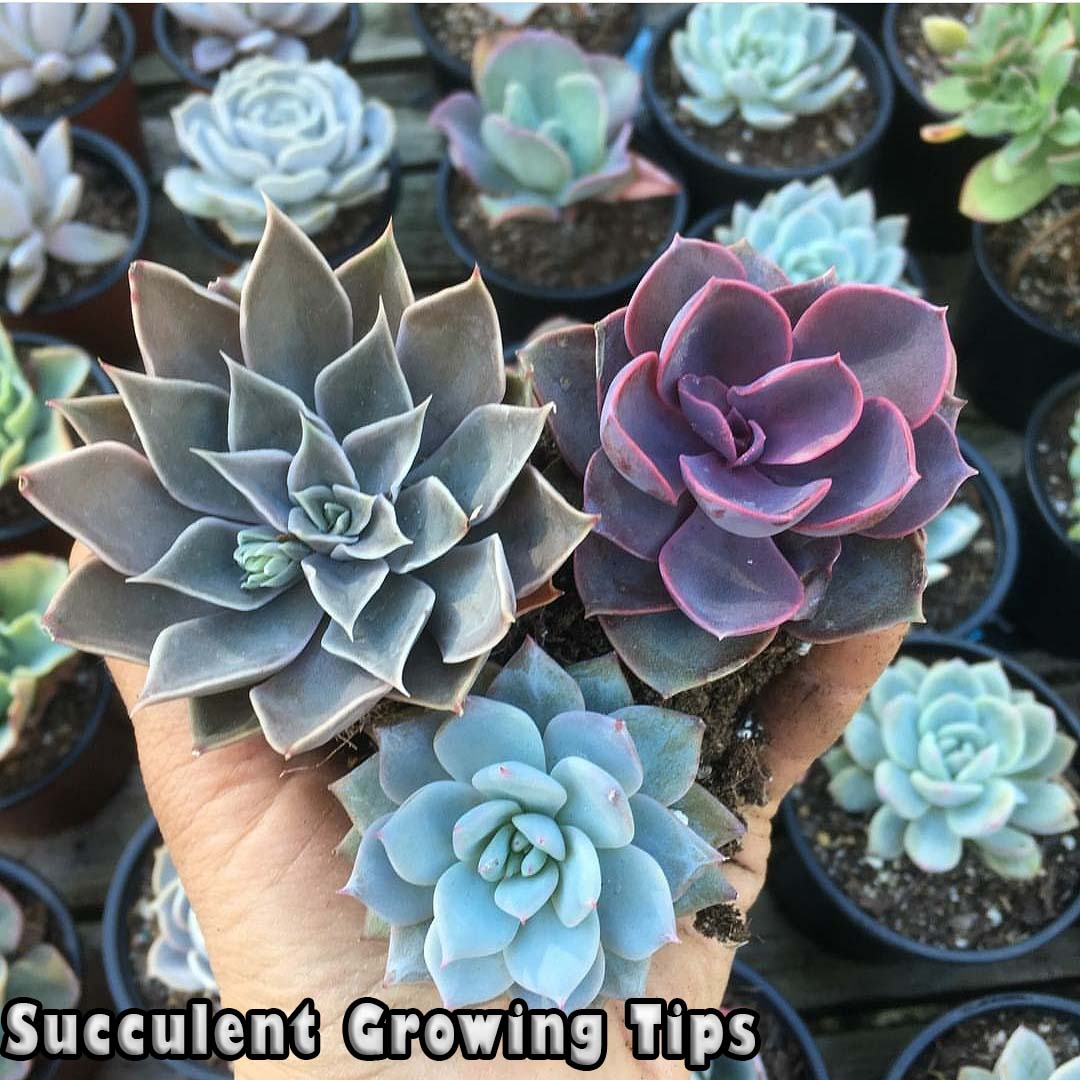The language around describing succulents can be a little confusing sometimes as lots of words are thrown around, often interchangeably. Usually it is of a little consequence and the terminology does not get in the way of enjoying or caring for your succulent, but it can be good to know what some of these words mean and can help trace how a succulent came to exist and where its origins lay.
With the popularity of succulents skyrocketing enterprising horticulturalists have been hard at work to make or spot the next exciting succulent. New species with desirable characteristics (in the case of succulents its usually shape and colour) can fetch top dollar and are a lucrative business.
A lot of the succulents available nowadays are not found in the wild but are completely, or in part, human made.
Below I will try and make sense of what cultivars and hybrids are and how new succulents are born.
What is a succulent cultivar?
The term cultivar is an abbreviation for cultivated variety and is used to describe plants that are sufficiently different from their ancestors found in the wild. A cultivar name is given to cultivated plants that are made different mostly by human interventions and sometimes natural mutations, such as variegation or crested growth. Not every plant in cultivation is a cultivar and a cultivar is also usually a hybrid.
Now that may sound a little convoluted, so let’s break it down a bit. Succulent cultivars are predominantly a result of human intervention, but not always. They can be plants where a mutation has a occurred naturally either in pure species found in the wild or in plants raised in nurseries. The mutation can be different colour, shape, growth habit, flower or even pest resistance.
Horticultural scientists have found different ways to induce growth abnormalities in succulents and other plants to try and create new cultivars. This can be done with use of chemicals, exposing plants to stimulants and other methods that can be quite difficult to wrap your head around unless you have a degree in horticultural science.
In the cutthroat world of the nursery industry a new cultivar can mean big money, especially with the rise of patented plants (but that is another topic for a different article). It can often be the case that a mutation is one of a kind and there are lots of succulent collectors willing to pay top dollar to acquire these types of cultivars.
With the help of tissue culture, new cultivars can be produced by their thousands in a very short period of time and distributed around the world.
What is a succulent hybrid?
A hybrid is a genetic cross of two different species. It is created by cross pollination of two different varieties of plants from the same class (usually from the same genus but different genera can be cross pollinated too). The two plants are carefully chosen and have their pollen bearing anthers removed so they can’t pollinate themselves.
Hybridization is unlikely to work if the two plants differ greatly and are from completely different classes. For instance, crossing an Echeveria Glauca and Crassula Ovata will almost certainly never work despite them both being succulents from Crassulaceae family.
The pollination process has to be carefully controlled so the plants that will end up growing from the seeds display the desired characteristics of both parent plants. The initial seed from the pollination are called F1 and if the hybridization has gone right, these seeds will grow into uniform plants. The seeds will either be raised as cultures in a sterile environment or through sowing.
Hybrids are not always human made and also come to be naturally in the wild when two plants cross pollinate by chance.
In most instances, the purpose of a human made hybrid is to create a more resilient plant that can bear greater amount of seed, have larger fruit etc. But when it comes to succulents, these days it’s often about looks.
While some breeders create new succulent hybrids so they are stronger, bigger, better at handling extreme environments others hybridize purely to create a plant that looks a certain way and displays certain colours but can often be quite fragile.
Examples of succulent cultivars
- Echeveria Romeo
- Haworthia Cymbiformis Variegata
- Euphorbia Flanaganii Cristata
Examples of succulent hybrids
These succulent hybrids are also human made cultivars.
- Gasteraloe (Gasteria x Aloe Hybrid)
- Sedeveria (Echeveria x Sedum hybrid)
- Echeveria Dusty Violet (Echeveria Cante x Echeveria Imbricata)
- Echeveria Swan Lake (Echeveria Shaviana x Echeveria Runyonii)
- Echeveria Cubic Frost (Echeveria Doppler x Echeveria R-21)
